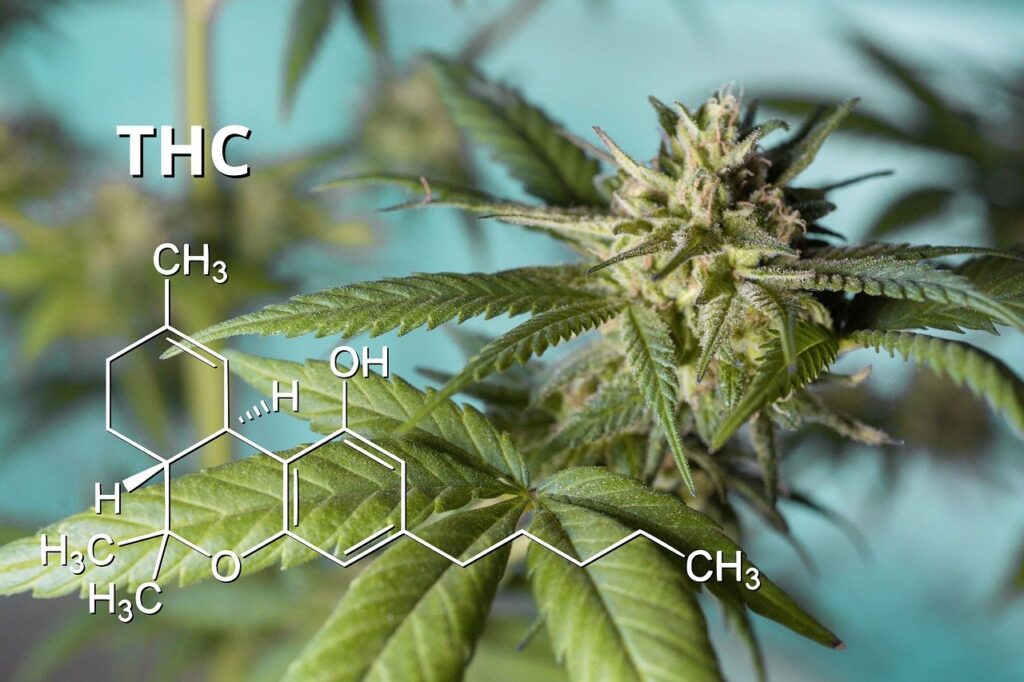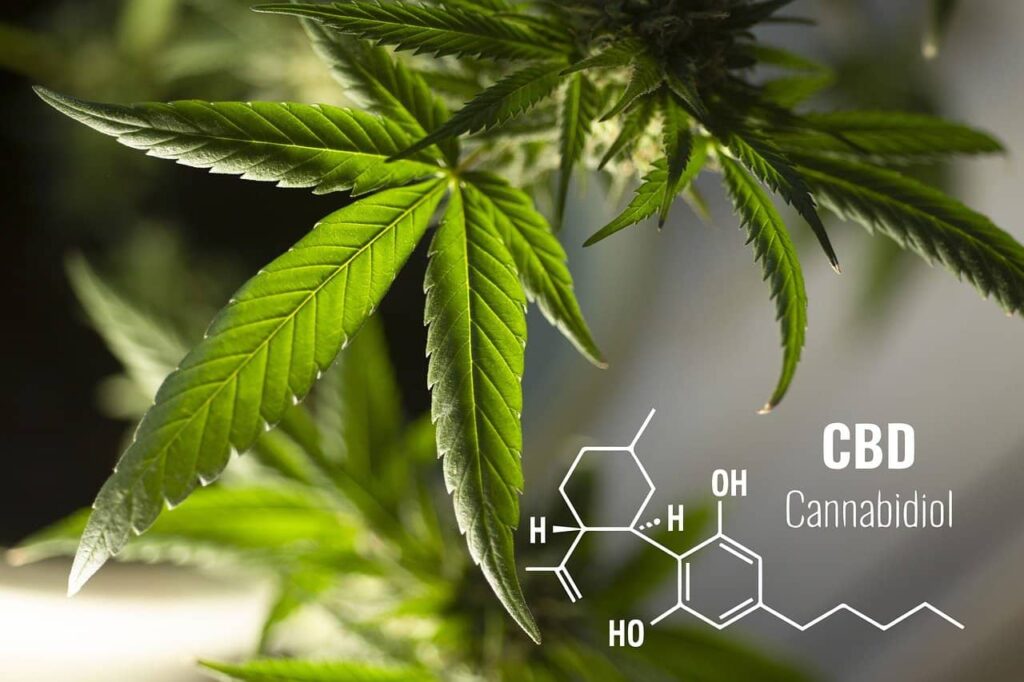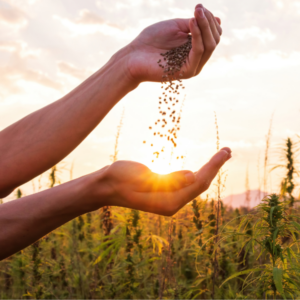Let’s explore the unknown world of rare cannabinoids together, shall we? While a few famous cannabinoids are getting all the hype, there are other compounds that also deserve recognition. We are going to look at the cannabinoids that no one is talking about. But first, let’s start with the basics.
What are cannabinoids?
Essentially, a cannabinoid is a compound found in both the cannabis and hemp plant. These plants host 113 distinct cannabinoids, yet only 2 of them seem to be getting noticed. These compounds interact with our endo-cannabinoid system, allowing us to feel the effects of each cannabinoid. Each one has its own effects and offers different benefits.
Delta-9-Tetrahydrocannabinol (THC)

This is by far the most popular cannabinoid to date and for good reason, too! This is the active compound in the cannabis plant that gives the famous cannabid high. However, the psychoactive effects of this cannabinoid are not the only thing it has to offer.
Consuming THC can help with an array of medical complications such as; Crohn’s disease, epilepsy, seizures, AIDS, glaucoma, multiple sclerosis, PTDS, depression, chronic pain, anxiety, sleep disorders and so much more!
Cannabidiol (CBD)
To compare CBD and THC is rather easy. While THC provides a psychoactive effect, CBD can do many of the things THC can do, just without the high.
CBD is best known as a health supplement and treatment for a very similar list of medical complications that THC has. That being said, CBD is a fantastic substitute for those wanting the health benefits of THC but without the high.
Anyway, there is enough information available on these two cannabinoids! Let’s give a few other rare cannabinoids some of the spotlight.
Rare cannabinoids

Cannabigerol (CBG)
This cannabinoid operates by binding to both receptors where it is thought to strengthen the function of anandamide. This is a neurotransmitter that plays a role in enhancing pleasure and motivation. Additionally, it also helps in regulating appetite, sleep and pain alleviation. This compound can be seen as a well-being booster!
Cannabichromene (CBC)
Just like THC and CBD, this cannabinoid offers anti-inflammatory properties. More specifically, it can be linked to reducing inflammation of the intestinal tract. CBC appears to fight off inflammation without activating cannabinoid receptors and offers a stronger effect when combined with other cannabinoids. CBC can also work as a mild pain reliever, however, if you are experiencing serious pain THC and CBD are a better route to take.
Cannabinol (CBN)
Like many cannabinoids, this one offers both pain relief and works as a sleep aid. CBN has been shown to have sedative properties that could relieve conditions of insomnia. Previous studies have shown us that CBN usage showed relief in muscle and joint pain conditions like fibromyalgia. On top of all that, it may also have neuroprotective properties, as well!
FUN FACT: The very first discovery of an individual cannabinoids was made when British chemist Robert S, Cahn reported the partial structure of Cannabinol (CBN). A few years later (1940) he fully identified its structure. Fast forward another 2 years later, American chemist Roger Adams made history when he discovered Cannabidiol (CBD) which is the second most researched cannabinoid to this day. Without chemist Cahn’s discovery, it may have taken much longer for the discovery of CBD to come along. Since then, CBD has quite literally saved many lives.
Tetrahydrocannabivarin (THCV)
In studies performed on rats, THCV decreases appetite and increases satiety. Unlike many other cannabinoids, it up-regulates energy metabolism which makes it a clinically useful remedy for weight loss and obesity management. Medical professionals are also working to see if it can be an effective treatment for type 2 diabetic patients. With no known negative effects, this cannabinoid could be very useful in a unique way.
What products contain rare cannabinoids?
There are CBD oils that contain other rare cannabinoids. For example, one simple way to get more cannabinoids into your body is by using full-spectrum CBD oil. This is basically an oil that contains a ‘less pure’ CBD extract that includes various other cannabinoids but still excludes THC. Taking full-spectrum CBD oil is a great way to get in other compounds that the hemp plant has to offer!
The importance of funding cannabinoid research
As you can imagine, there are not many funds being thrown towards cannabinoid research. Sadly, investors are not as interested in funding research projects unless there is a serious financial gain for them. This means we know very little about these compounds.
While we know more than ever (especially when it comes to THC and CBD) we still have a very long way to go. From the research we have so far, we can see that there are incredibly positive results in regards to treating medical issues and certain diseases with cannabinoids. A plus with these kind of treatments is the low-risk aspect. While pharmaceuticals have their time and place, cannabinoids can be an effective low-risk substitute. CBD, for example, has no known risk for its applications.
Closing thoughts:
We have only scratched the surface when it comes to cannabinoids and what they can do for us. Imagine if we put even a fraction of scientific funding into cannabinoids. One day, when we have a larger knowledge base on the topic, we will be able to optimise our applications of these compounds more accurately.
While CBD and THC deserve the hype that they get, there are also so many other cannabinoids waiting to be researched that possibly have the same amount (if not more) of benefits!





